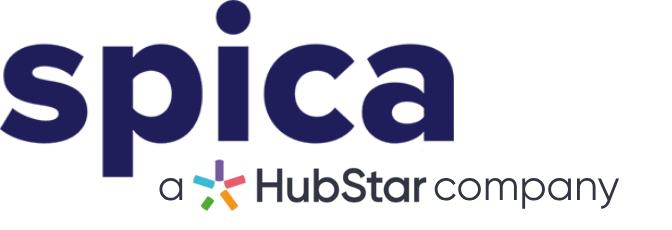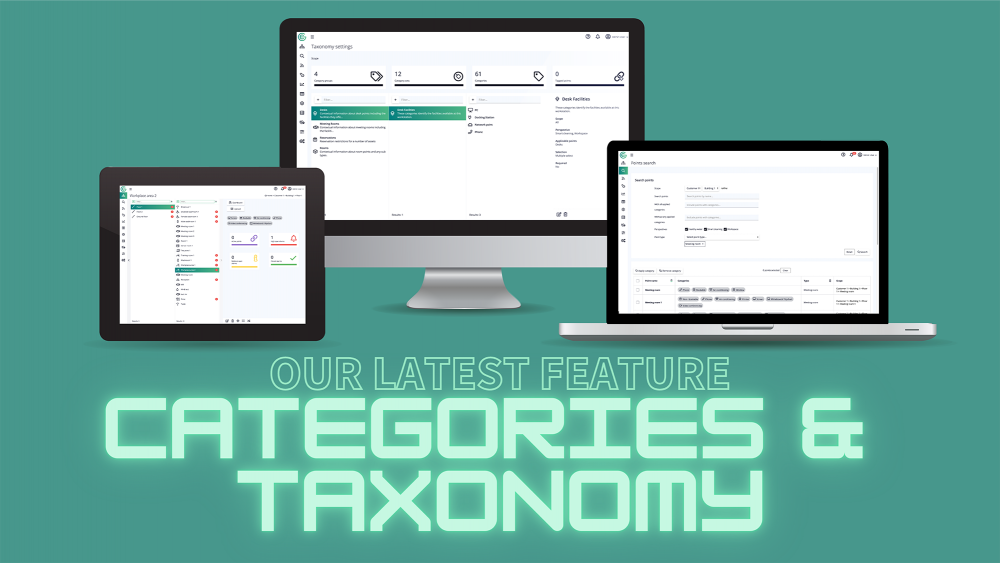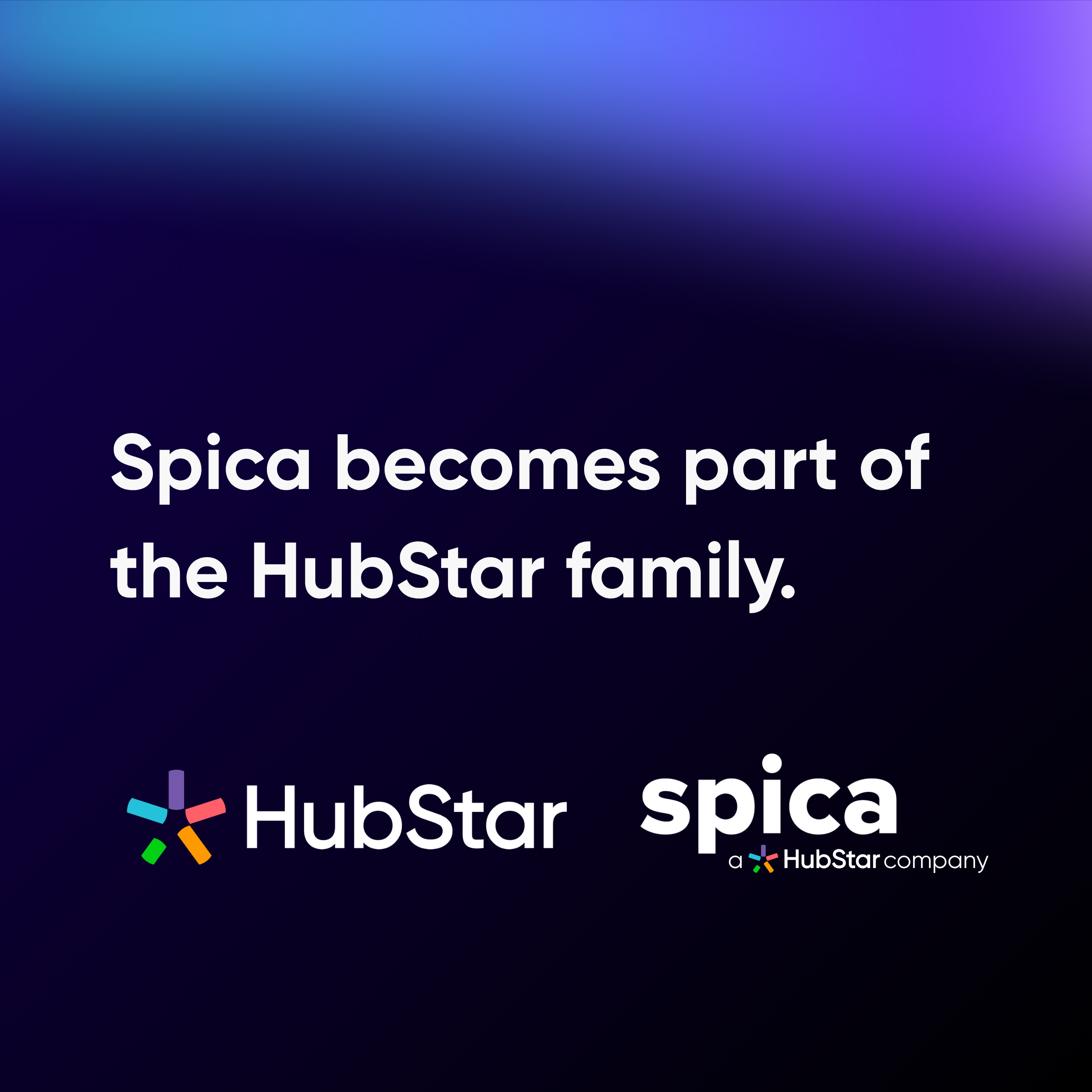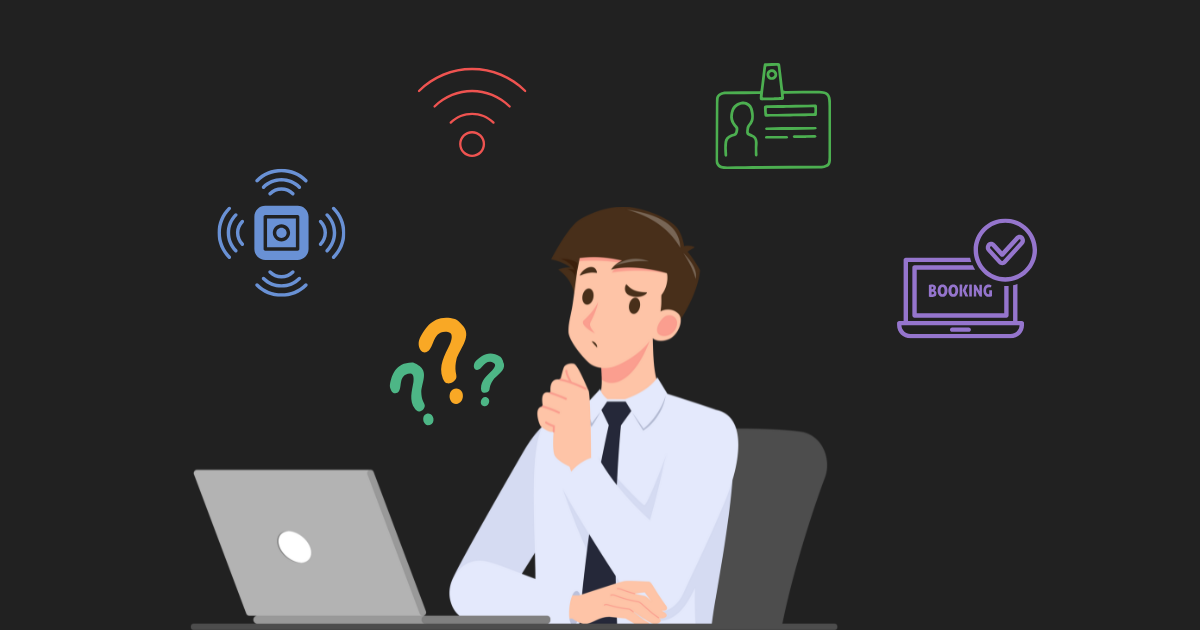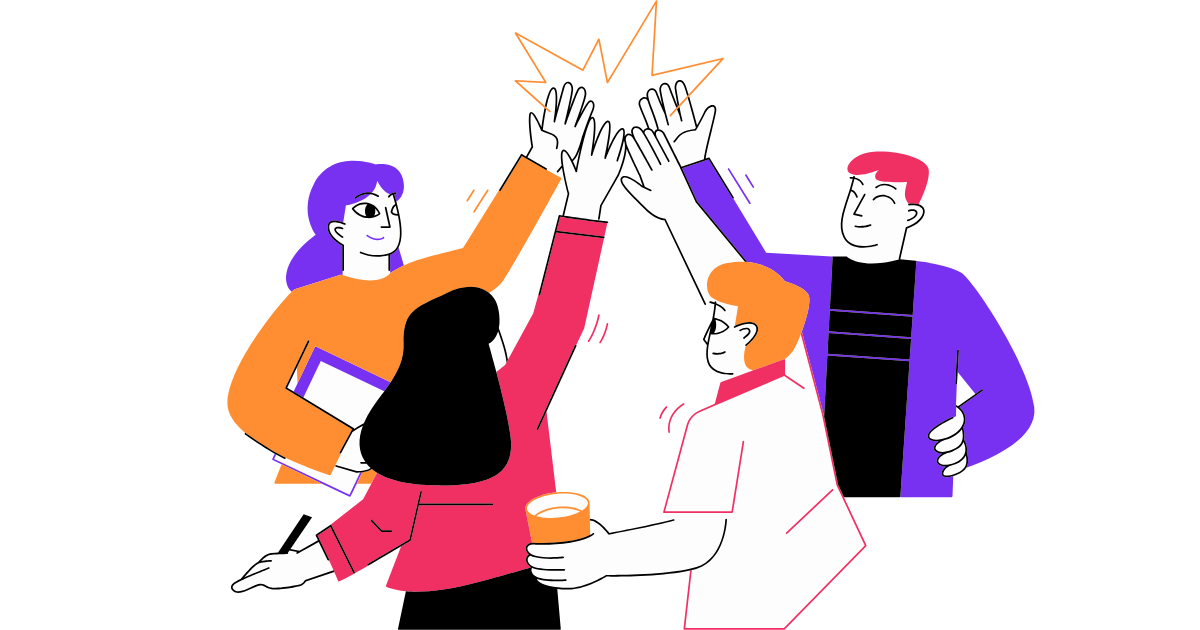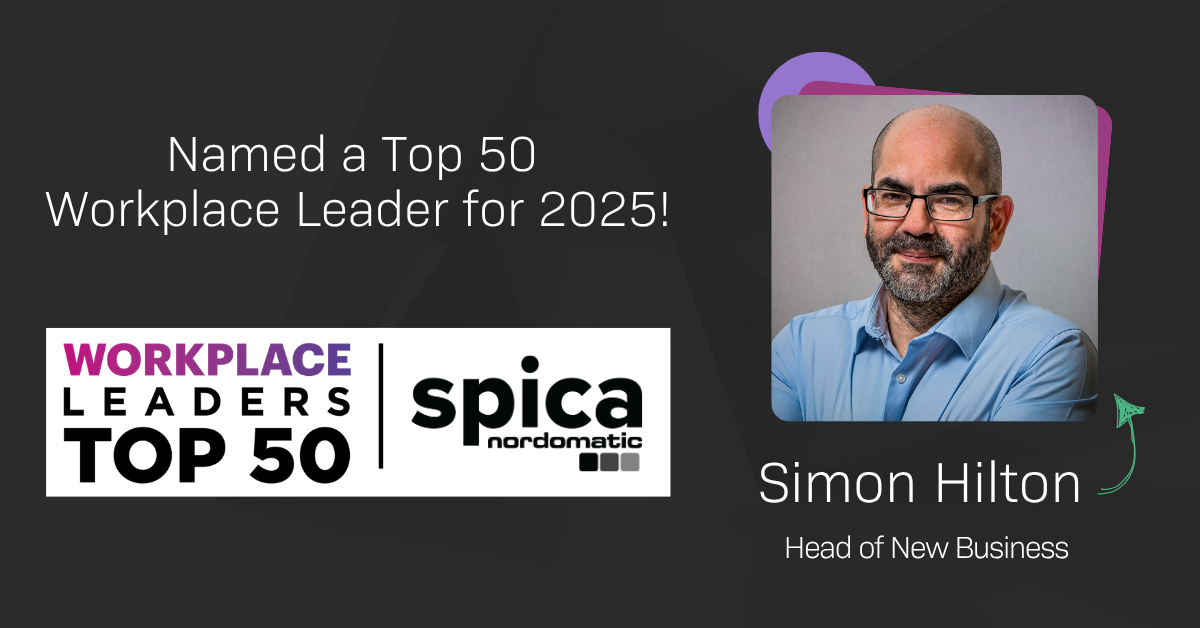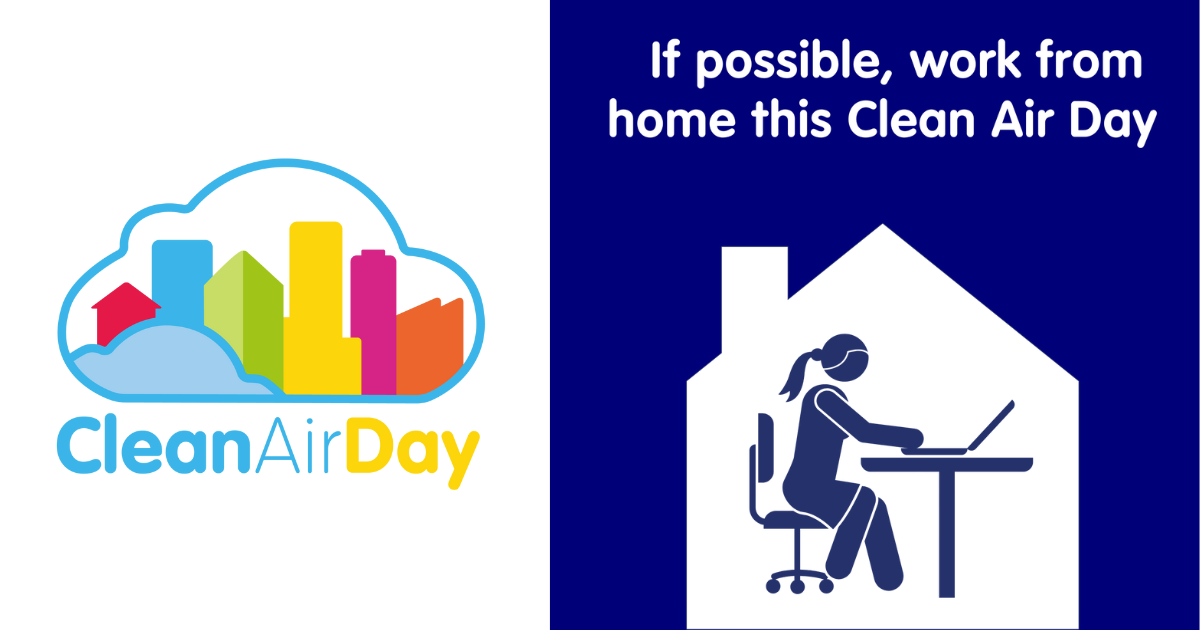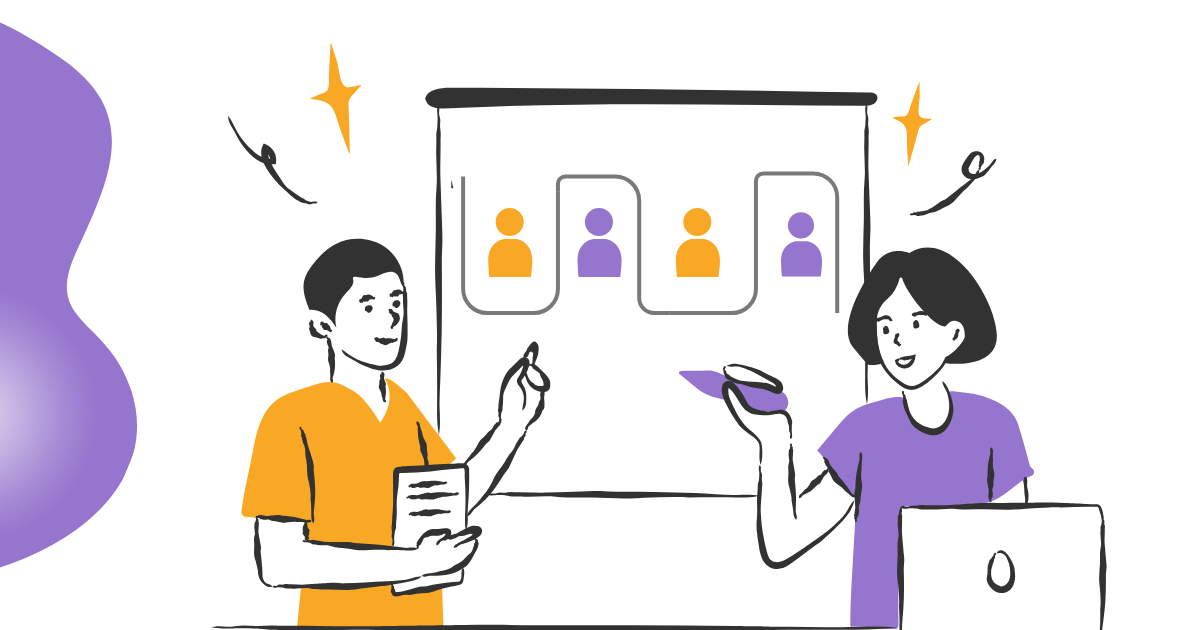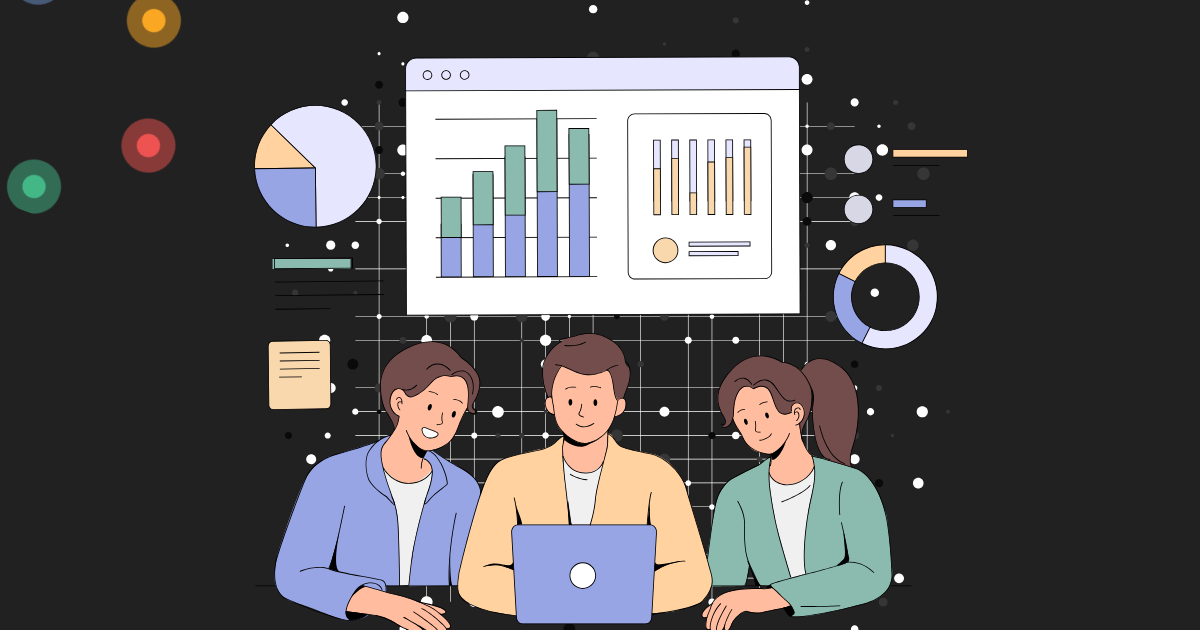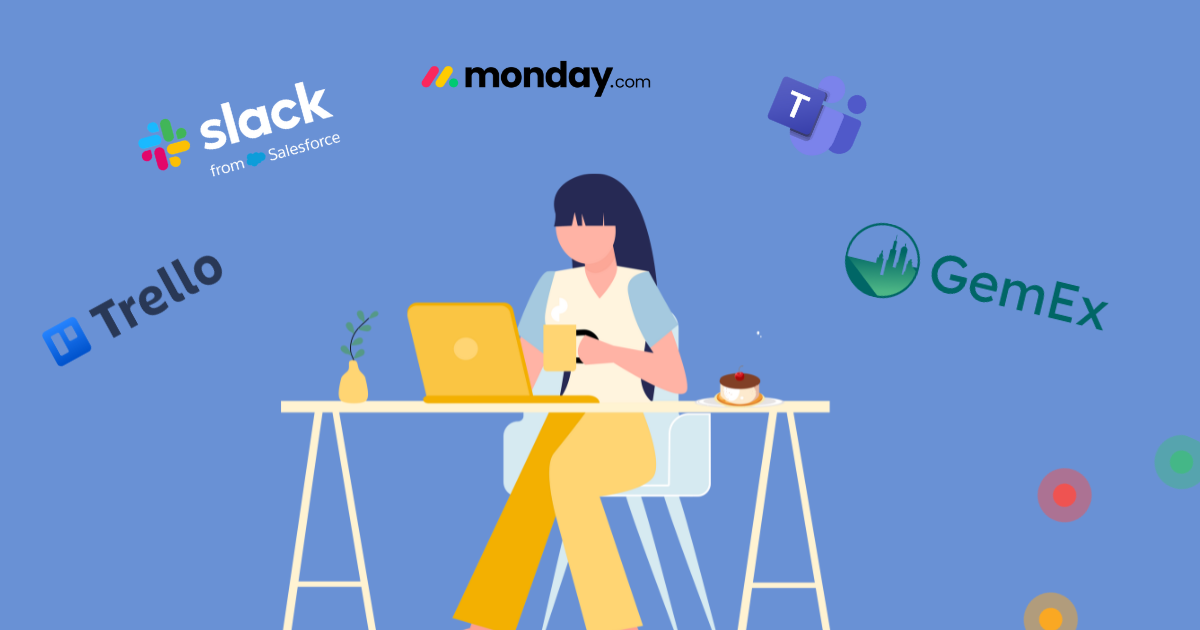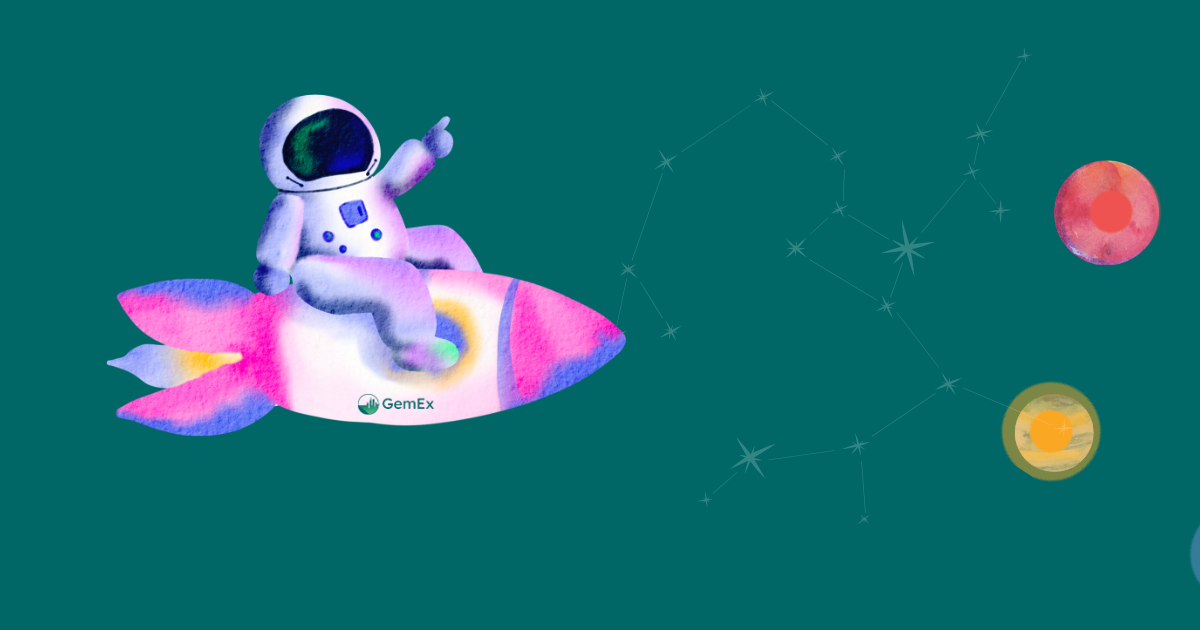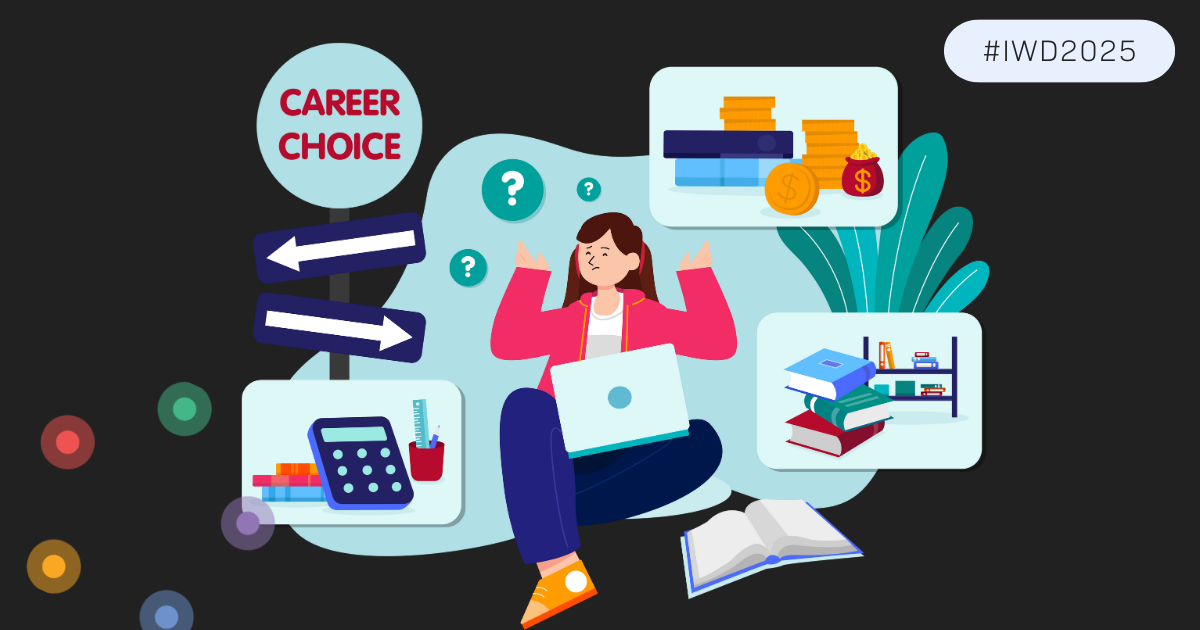What is a Taxonomy?
A taxonomy is a classification system that we use for applying meaning and context to items across our digital twin. It allows us to group and align different types of points in a non-hierarchical way. A ‘point’ can refer to specific resources, spaces or Points of Interest in your building; these can be desks, meeting rooms, coffee pods or even art.
Why are we building it?
At the heart of our GemEx Engine® platform is our digital twin which provides a structured hierarchical view of the workspaces our clients monitor, manage and service. This ordered view aligns with the real-world physical buildings and also allows for consistency when mapping models across the different systems we integrate with and when applying standards such as BIM and OSCRE. We model your entire building, plotting floors containing meeting rooms, washrooms and workplace areas which in turn includes chairs, desks and so on.
As we work with our customers and really get into the detail to understand these spaces we also end up noticing loads of additional patterns, associations and sub classifications that transcend the digital twin. We wanted to be able build these into our model to make it easier to get a deeper level of insight out of the data, but we also realised that in many cases the classifications were specific to each customer, so we needed to build something flexible and customisable to do this.
For example some customers have multiple types of meeting room or breakout space which have their own rules of use, they have desks that are assigned to departments located across different buildings and they use their own lingo to identify assets, calling desks hugger and hopper for a little more fun than perm and hot.
How did we build it?
One of our guiding design principles for the GemEx product is flexibility, there is no one size fits all and we want our solutions to represent our customers, that’s why I’m so excited about this taxonomy feature and the capabilities and possibilities it allows us to offer.
We’ve built the taxonomy feature specifically to allow customers to use their own terminology, their own classifications and their own rules for applying further context across their digital twin.
We also went through several iterations of usability testing to make sure that there wasn’t significant impact to users in adding in all this useful contextual information. The detail that an applied taxonomy can provide is so helpful we wanted to remove as many barriers as possible to provisioning this information in the first place. From our 1st to final iteration of the designs we managed to reduce the time taken to categorise each point from 1 min to under 20 seconds on average. We’ve also adapted our onboarding processes to help guide customers in considering the kind of information they might want to capture.
What are the benefits?
Already we’re using the assigned taxonomy categories to give more information and context in our TV and kiosk views, helping employees understand what facilities are available to them using their companies’ language. We’re also using categories to drive custom filters and configuration options in our GemEx app.
We’ve also included the categories in our reports so that data analysts can filter their results by any sub classifications that they need to apply. And there are many more opportunities where we’re looking to use categories to drive key functionality in a more fine-grained and customisable way. Next up is an upgrade of our self-service analytics capabilities, where users will be able to refine their charts and dashboards on the fly using applied categories as filters. This is a really exciting way to identify and understand data insights beyond traditional hierarchical views.
Want to know more?
Get in touch if you’d like to understand more about how this powerful combination of digital twin and taxonomy can help you deliver smarter solutions and delightful experiences for your workplace.

